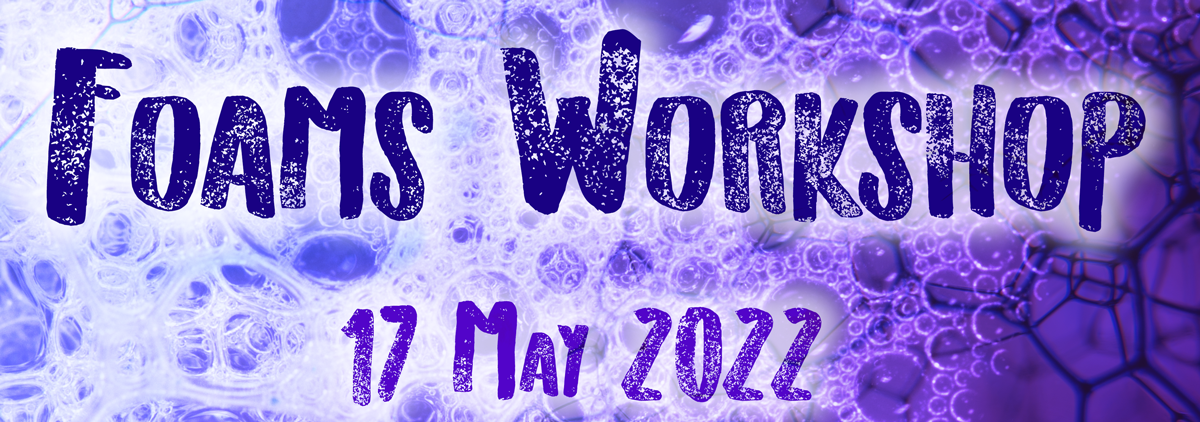Speaker
Description
Features of amphiphilic molecules at interfaces are of crucial interest to understand macroscopic foam properties. For example, literature shows that one can change the rigidity of a soapy interface, and thus a foam life-time, only by a little change in the formulation of the soapy solution. If the link between microscopic and macroscopic properties of covered interfaces is well established, it is not always well understood essentially because of the lack of techniques that gives access to the composition and the dynamics of such interface at molecular scale
We develop optical techniques such as ellipsometry or Second Harmonic Generation (SHG) to question the surfactant organisation at liquid/air interface. Notably, SHG signal is generated only where centro-symmetry is broken and is SHG is thus a tool of choice to study the behavior of amphiphilic molecules adsorbed at air/water interfaces.
In this work, we will present some recent results where ellipsometry and SHG are used to study the concentration and organization of adsorbed surfactant on air/water interfaces at a molecular scale. Those results are discussed by comparison to other experimental characterizations such as surface tension or disjoining pressure measurements, more classically used to probe soapy interfaces.

